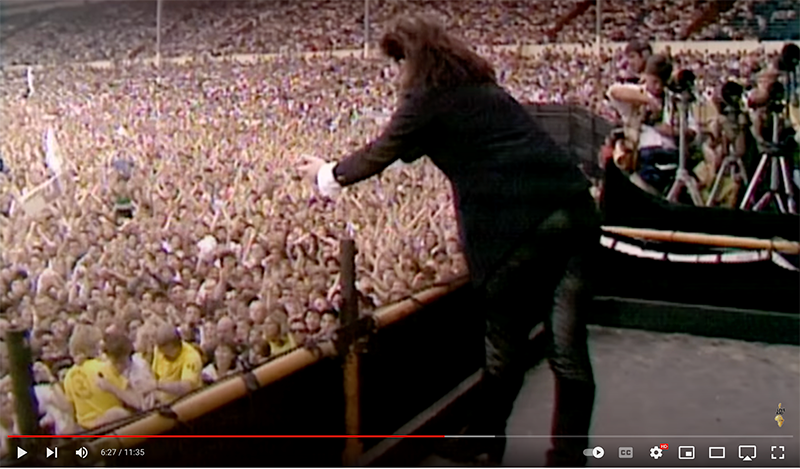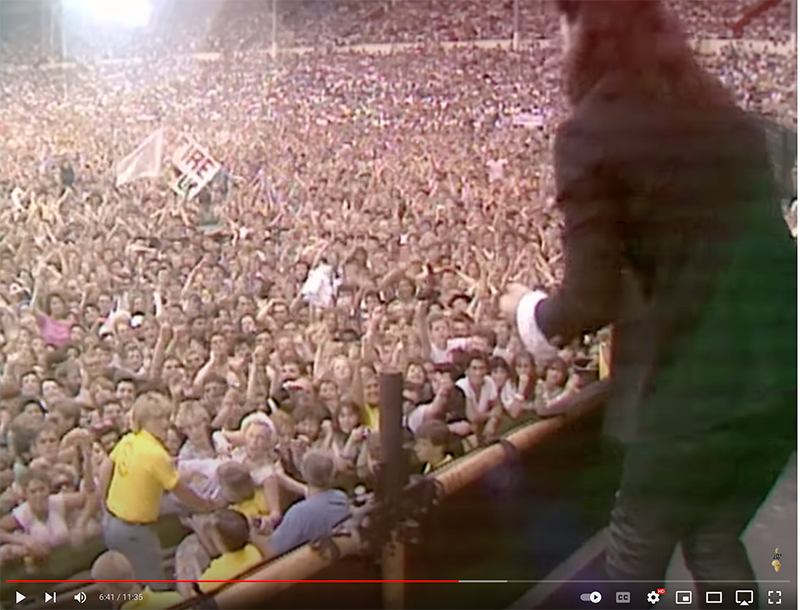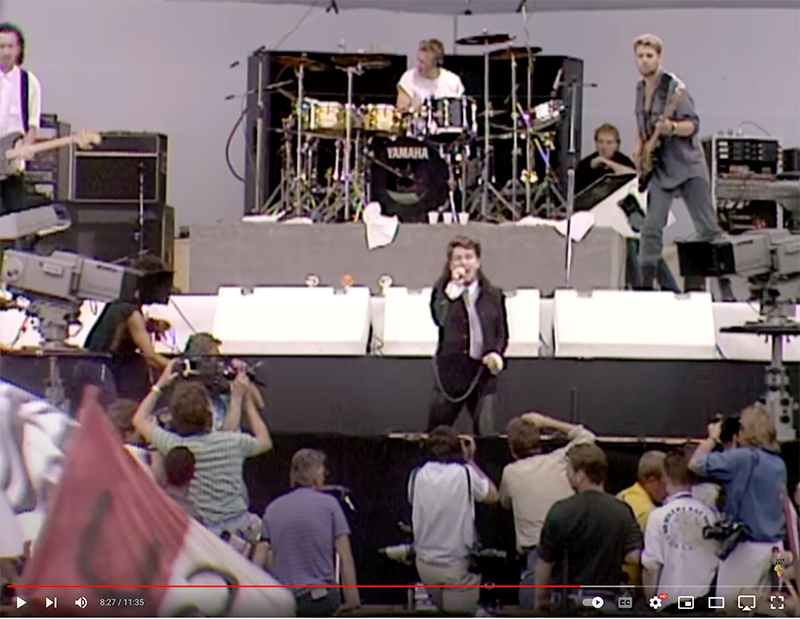Working full-time with writers, my days are filled with conversations around the challenges they face. Maybe some of these feel familiar to you:
- “Do I have to share on social media? Does it really do anything?”
- “Isn’t the marketplace too crowded? How will I stand out?”
- “I worry that all the trends point away from the work I love creating. Do I even bother?”
- “Who has time for all of this? The creating, the publishing, the sharing.”
So today I want to remind you of something incredibly important: you get to choose.
- You get to choose if and how you create.
- You get to choose if and how you publish.
- You get to choose if and how you share.
It is okay if you don’t. You can create simply for the act of creating in itself. To write and then not consider publishing it. To take a photo and not share it. To create an illustration and then stash it away in a drawer.
There is beauty in the creative process in itself. Engaging with it can help you explore what it means to be who you are, and what this world is. And that is enough.
I grew up as the art kid. I have boxes of creative work sitting up in my attic that never was — and never will be — shared. And I am a better person for having created that work.
But…
If you are still reading, then I want to encourage this:
Take the creative risk.
Make a bold choice that aligns fully with what writing and creativity is to you. Share in a way that resonates deeply with the kinds of experiences you want to have, and the kind of people you want to fill your life with. I want to share two stories of taking a creative risk today: one from a writer and one from a musician. Let’s dig in…
Dawn Downey is Publishing and Sharing Her Own Way
I met Dawn Downey years ago, and watched as she published 5 essay collections. This is Dawn:

Earlier this year, I started noticing recurring posts on her Facebook page. There was a stack of her most recent book, Listicles, next to a ruler:

It reads: “100 printed. 21 left. Email me today for your copy. Dawn@dawndowneyblog.com.”
Every time I saw a subsequent post from Dawn, the number of books went down a bit from her starting point late last year, when she first published the essay collection. But then I saw a post from her that really made me pause:
“I’m in the process of deleting the Listicles manuscript from my computer. What will it feel like when I no longer own or control this book? When it exists only in the hands of readers? Deleting the manuscript is more complicated than I’d imagined. Today I found a PDF of the interior pages, probably the version the book designer sent to the printer. I hit delete. And felt a little tension. But another piece of Listicles is released.”
I had to reread this a few times. Dawn was literally deleting any copies of her book and manuscript other than the 100 printed copies!
On one of her Facebook posts, someone asked her why she was doing this. She explained:
“Curiosity drives me. Two of my friends are visual artists and they pour their emotional/spiritual/psychological stuff into their work. Then they sell it, and never interact with it again. I was curious. What did that feel like? As a writer, I pour my guts into what I write, but I can revisit my words whenever I want to. I can tweak those words, make them better, write that I changed my view about what I’d written before. I saw a documentary once about a painter who decided to go in another direction, burned every painting he still owned—paintings he could have sold. It made an impression on me. He seemed free. I wanted to be that guy.”
“I was curious about the idea of attachment. Every month, an organization swings through our neighborhood, picking up donations. So every month I fill up a box. Every month I get to see I’m attached to clothes I don’t wear, pans I don’t use, and knickknacks I don’t even like. I think about the stuff ending up with people who need it. The stuff was just passing through my life until it ended up on the next leg of its journey.”
“I was curious. What would it feel like to treat my book like that? To trust it’s only passing through my head on its way to the next leg of its journey. I’m attached to the words I string together into essays and books. If I delete the manuscript, I’m free from the oppressive feeling of being responsible for controlling its future.”
“I’m playing around with the feeling that if I let go of the book, I’m setting it free.”
When I emailed Dawn asking about this, she also reflected on why this book isn’t available at any online retailers, and how she is embracing the process of sharing this book. She wrote:
“I’m deleting the manuscript as a creative experiment in attachment, (including) success based on numbers. I’m selling them out of my house, so no sales stats coming in from Amazon or Ingram. I have to tell people about this project. I have to share often. I have to tell people what the book will do for them. I have to be excited about my own work.”
So often, writers insist that they HAVE TO do this or that. For example, “Well Amazon is the world’s biggest book retailer, I have to be there, even if I don’t want to.” But as Dawn proves, you don’t have to do anything. You get to choose. You can take the creative risk to write, publish, and share in a manner that resonates with you.
Dawn ended her note to me with a powerful statement:
“I’m learning that creativity creates me.”
Here is the book and note that Dawn sent me:

As a reader, knowing all of this changes my relationship with her book. It now feels like a process I am a part of, not just a possession that I own. If I keep the book, I am keeping Dawn’s work alive. If I donate the book, it moves on to another step in its journey.
You can find Dawn, and whatever copies remain of her book, over on her Facebook page or website.
Taking a Creative Leap
One of my all-time favorite moments of creative risk is from the 1985 Live Aid concert. At the time, U2 had a dedicated following of fans, but had not broken out as a band that everyone knew. So playing Live Aid, to a global audience of more than a billion people, was a huge opportunity for them.
(Now, you may not like U2, and you may not like Bono, but I ask that you stick with me through this story anyway.)
What did Bono do in this big opportunity? He took a creative risk, and in doing so, he blew the band’s big chance to play their latest single, and he genuinely thought his actions broke up his band.
I have this photo on my wall of the moment where Bono took a literal leap, diving down an 11+ foot drop in the middle of the performance:

It may be difficult to see, so let me annotate the photo:

Here is the story of what Bono did…
His band was allotted around 15 minutes to play 3 songs. In the middle of the second song, Bono goes way off script. Near the end of the song, Bono begins to explore beyond the stage. He steps out onto a monitor:

You can see the bassist looking at his foot, thinking, “What are you doing? Be careful.”
Bono begins to look off in the distance, and then suddenly just drops his mic, and you hear a thud as it hits the floor. He ventures to one far end of the stage and raises his arms, and the crowd mimics him.
Then he drops down about 3 feet to the riser for the television camera, and he moves past it. He’s now closer to the audience, and you can see his determination.

He runs to the other end of the riser and begins motioning a “come here” signal with his hands. But he is looking out at a crowd of 70,000 people:

Finally, it’s possible to see what is in his mind. Security guards are helping a woman over the barricade because she is getting crushed, and Bono is signaling to bring her to the stage. But the security guards don’t see or understand what Bono wants:

All this time, his band has no idea what is happening. They just keep playing the same chords over and over as minutes are eaten up.
Slowly, you see communication happening. As another woman is pulled over the barricade she tells the security guard, “Look, Bono wants your attention,” and the security guard looks up at him.

But she is quickly whisked away, causing Bono to become more and more frustrated. Finally, he decides to take action. In a split second, he leaps down 11+ feet:

You can see the crowd’s reaction, they are losing it with excitement:

Nowadays, this kind of thing is more commonplace. But at a show the scale of Live Aid, this was dangerous new territory. He continues signaling to security to bring a fan over the barricade to him:

Finally, he has the moment he wants, dancing arm in arm with a fan:

The most fascinating thing about this is seeing him with his eyes closed, just slowly dancing with this fan. He is supposed to be on stage, singing a song to more than a billion people, but here he is focused on connecting with one person:

He returns to the TV camera riser, and the crowd is cheering louder than at any other moment in their set.

They have been playing the same song for nearly 9 minutes, an eternity compared to what was planned. He spends the next 2 minutes singing lyrics from Rolling Stones, before ending with lyrics from Lou Reed’s “Take a Walk on the Wild Side.”
Then, for the second time he drops his mic with a thud, and walks off stage.
What happened next? His bandmates and manager were furious with him. They were supposed to play a third song, their new single, but Bono’s antics ate up too much time, and they couldn’t play it. That was supposed to be their big break.
In the week that followed, Bono genuinely felt he had just broken up his band.
But then something happened…
All of their albums began to move up the charts. He took a huge creative risk, and it got messy, and the world loved it. In a concert that was made for TV, Bono showed them a true human moment. One where the embrace of just two people mattered more than the headlines of how many millions of people were watching.
You can watch U2’s performance here.
Why am I telling you this story? Because you — and you alone — get to choose how you create, how you publish, and how you share. You can leave the stage, you can do something unexpected, you can create moments that feel authentic to you, all while ignoring the expectations of others.
And what’s more… this action may be the very thing that gets you the most attention, the most validation, and spreads your writing to the most people.
What do these stories teach us from a sharing and marketing perspective? People want to share things that they feel a part of, and they want a story to tell. Give people something to talk about that resonates deeply with what they want to see in the world, or how they want to experience their own identity.
What stories of creative risk have inspired you? Please reply back or share in the comments.
Thank you for being here with me.
-Dan
